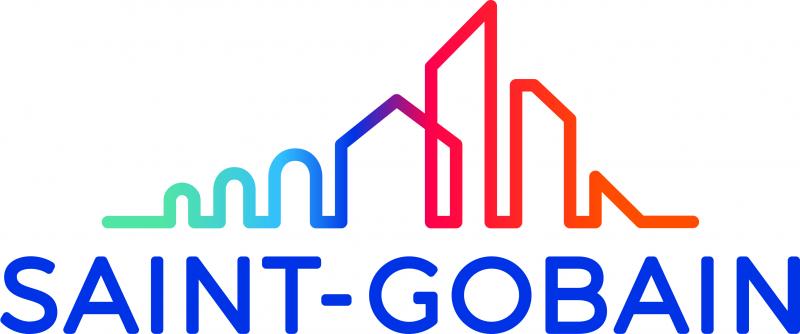Modeling of Photonic-Hydrodynamic Coupling for Ultrafast Laser Nanostructuring
| ABG-128408 | Sujet de Thèse | |
| 07/02/2025 | Contrat doctoral |
- Physique
- Informatique
- Sciences de l’ingénieur
Description du sujet
Femtosecond laser structuring enables the fabrication of functional nanostructured surfaces with applications in optics, energy, and biomedicine. Achieving precise nanoscale patterning requires understanding the complex interplay between hydrodynamic and photonic phenomena induced by ultrashort laser pulses.
This thesis focuses on:
Hydrodynamic modeling: Developing numerical methods to solve stochastic 3D Navier-Stokes equations, incorporating laser energy deposition with high-performance GPU computing in Julia.
Machine learning for multi-scale simulations: Designing neural networks combining experimental data and physical constraints to model nanoscale fluid dynamics.
Self-organization dynamics: Investigating convective instabilities leading to periodic nanostructures.
Chiral structure control: Integrating optical torque effects (spin and orbital angular momentum) to predict and generate asymmetric nanostructures.
This research aims to push the boundaries of current laser nanostructuring technologies through innovative numerical and AI-driven approaches.
Prise de fonction :
Nature du financement
Précisions sur le financement
Présentation établissement et labo d'accueil
The Hubert Curien laboratory is a joint research unit (UMR 5516) of the Jean Monnet University, Saint-Etienne, the National Research Center ”CNRS” and the Institut d’Optique Graduate School. It is composed of about 240 staff which makes the lab the most important research structure of Saint- Etienne. The research activities are organized according to two scientific departments: Optics, photonics and surfaces and Computer Science, Security, Image. The research activity is structured into scientific projects within 6 main teams: Micro/Nano structuring, Materials for Optics and Photonics in Extreme Radiative Environments, Laser-matter Interaction, Image Science & computer vision, Data Intelligence and Secure Embedded Systems & Hardware Architectures.
Site web :
Intitulé du doctorat
Pays d'obtention du doctorat
Etablissement délivrant le doctorat
Ecole doctorale
Profil du candidat
The ideal candidate should have a strong interest in numerical computing and multi-physics modeling. A solid understanding of nonlinear physics is essential, along with the ability to work rigorously on fundamental aspects of complex systems. The candidate should also be autonomous and adaptable, capable of collaborating effectively with theoretical physicists, experimentalists, and computational scientists specializing in AI within the labHC team.
Vous avez déjà un compte ?
Nouvel utilisateur ?
Vous souhaitez recevoir nos infolettres ?
Découvrez nos adhérents
 Groupe AFNOR - Association française de normalisation
Groupe AFNOR - Association française de normalisation  Généthon
Généthon  SUEZ
SUEZ  ONERA - The French Aerospace Lab
ONERA - The French Aerospace Lab  ANRT
ANRT  Institut Sup'biotech de Paris
Institut Sup'biotech de Paris  ADEME
ADEME  Laboratoire National de Métrologie et d'Essais - LNE
Laboratoire National de Métrologie et d'Essais - LNE  Aérocentre, Pôle d'excellence régional
Aérocentre, Pôle d'excellence régional  Ifremer
Ifremer  CESI
CESI  TotalEnergies
TotalEnergies  CASDEN
CASDEN  Tecknowmetrix
Tecknowmetrix  MabDesign
MabDesign  MabDesign
MabDesign  PhDOOC
PhDOOC  Nokia Bell Labs France
Nokia Bell Labs France  ASNR - Autorité de sûreté nucléaire et de radioprotection - Siège
ASNR - Autorité de sûreté nucléaire et de radioprotection - Siège






